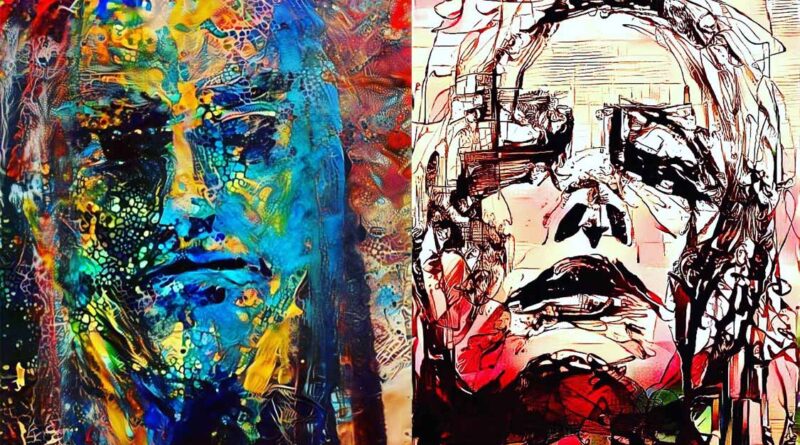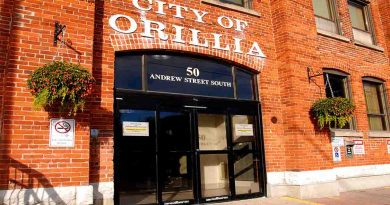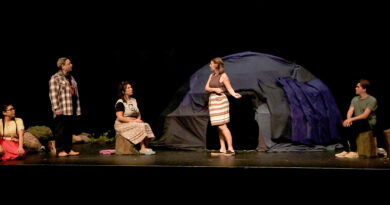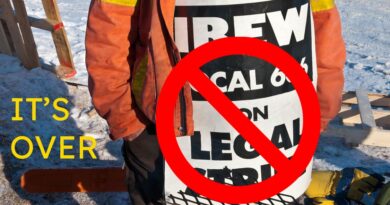This Week In Art/Culture/Entertainment
By John Swartz
Monday we will beat the groundhog out of our nests and get to take baby steps toward a normal life – assuming the virus from hell doesn’t mutate into Hell 2.0. A lot has been said about mental health being affected by the on again, off again restrictions. If one is on Facebook you will have noticed comments about that. Some people are taking it harder than others.
I suppose mental effects are dependent on one’s starting place, which if you are like me, might not look too different than things were two years ago.
For many people their starting point was years ago and already more of a handicap. Today we’ll meet Robert Kavanagh, a visual and musical artist who has been suffering from life-long mental health issues. Artistic activity has been recognized as a benefit for people who are suffering and Robert discovered some time ago drawing and painting helped him.
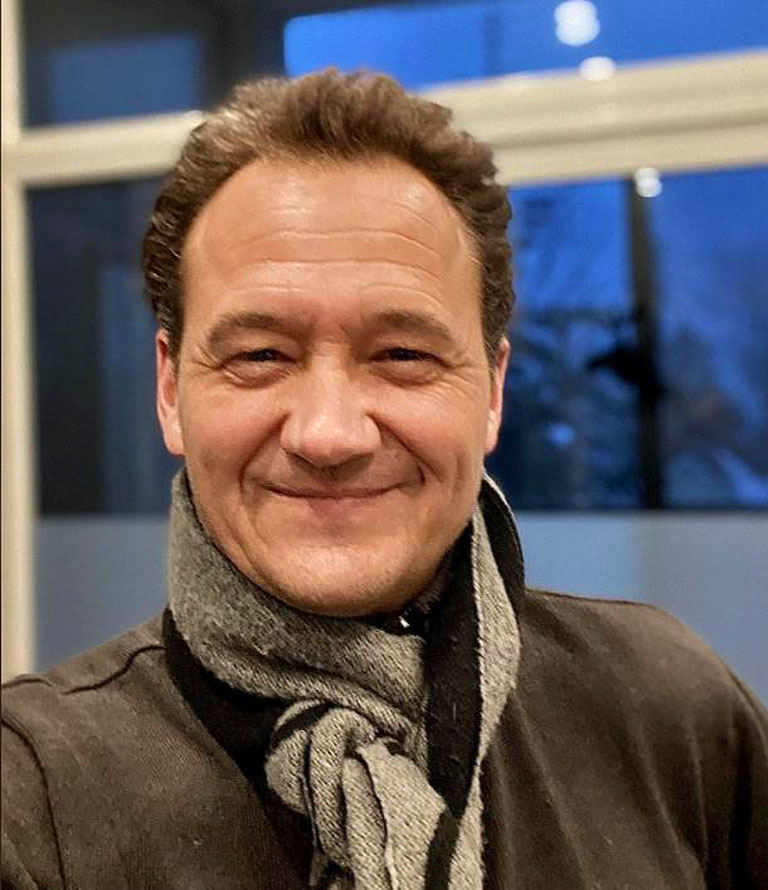
“It goes back exactly a decade in January. I started because I was going through a time in my life where I had free time to myself and I had just been introduced to Malcolm Gladwell and the notion of becoming a master at something with 10,000 hours of dedication to it. Art had been in my family, my father was a hobby watercolour painter and I saw you could do that so I decided I would try it. Literally I just ended up with some acrylic paint that day, that’s where I started with the dogs. I was like, OK, I don’t know how to paint anything, but I love dogs, so I’m going to try and paint one dog a week for a year and then that turned into faces the year after that,” Robert said.
The switch to faces started with a practical reason, but soon it became apparent there was a deeper connection to his mental struggle.
“With the faces I was trying to produce a TV show about homelessness in Canada, so the idea was I would draw a thousand faces of homeless people and try to tell their stories; about whether they had mental health issues before they became homeless and something like self-sabotage caused them to be homeless, or did they become mentally ill as a result of being homeless,” he said.
“By the time I got to a thousand I realized a lot of the non-profits that focus on mental health, the money doesn’t reach the people with mental health issues. I also realized at a thousand faces I wasn’t even close to being good; it is probably more like 10,000 faces. I dropped the mental health thing (TV project) for nine years and just kept doing faces and as my mental health issue became more amplified I could see faces everywhere in the universe. Everything became a face. Everything inside that face was another face, pretty much to an infinite degree,” Robert said.
When you meet Robert, it is not apparent he’s dealing with things most of us will never understand.
“I have a regular job, suit and tie kind of thing, that I’ve got to keep going to support the family I’ve built,” he said of his position as a vice president of sales for a cyber security company. Simplifying his daily life is what he found he needed to do. The relief of the act of drawing and painting he discovered was transferable to streamlining the distractions of life and focusing on other essentials.
“That taught, in other areas of my life, how to channel the negative energy I’ve got, which is often a result of mental health issues, which is bipolar, or somewhat of a multiple personality and I could apply that to other areas of my life. Cooking became one of those things for me; playing my saxophone for sure. As a result I focus my life on five things; family, work, food, music and art and if it’s not in one of those buckets, I’m not going to do it.”
“I have a chemical imbalance and you can’t exercise that out. The pill gives me the half glass of orange juice that my brain needs, that it’s missing. The art, music, food, my family, work it gives me the ability to lead a successful life, a flourishing life. People will look at me and, “look at that guy, he’s got a great job, a great family,” but underneath – I’m not going to say I’m a mess, but I have to struggle mentally every ten minutes. I have to keep it in check. That’s where my tools came into play for me. If I’m on a conference call for one of the companies and I start to flake out, I can just get a piece of paper and listen to the call and start to draw a face and that allows me to keep my powder dry and get back to the task at hand,” he said.
The core of Robert’s affliction is he sees things the rest of us don’t. It’s not like seeing auras as some people claim they can do, or, as has been documented, seeing colours attached to sounds, or being a mathematical savant, but those are ideas that might help you understand what happens to Robert when he says he sees faces in everything.
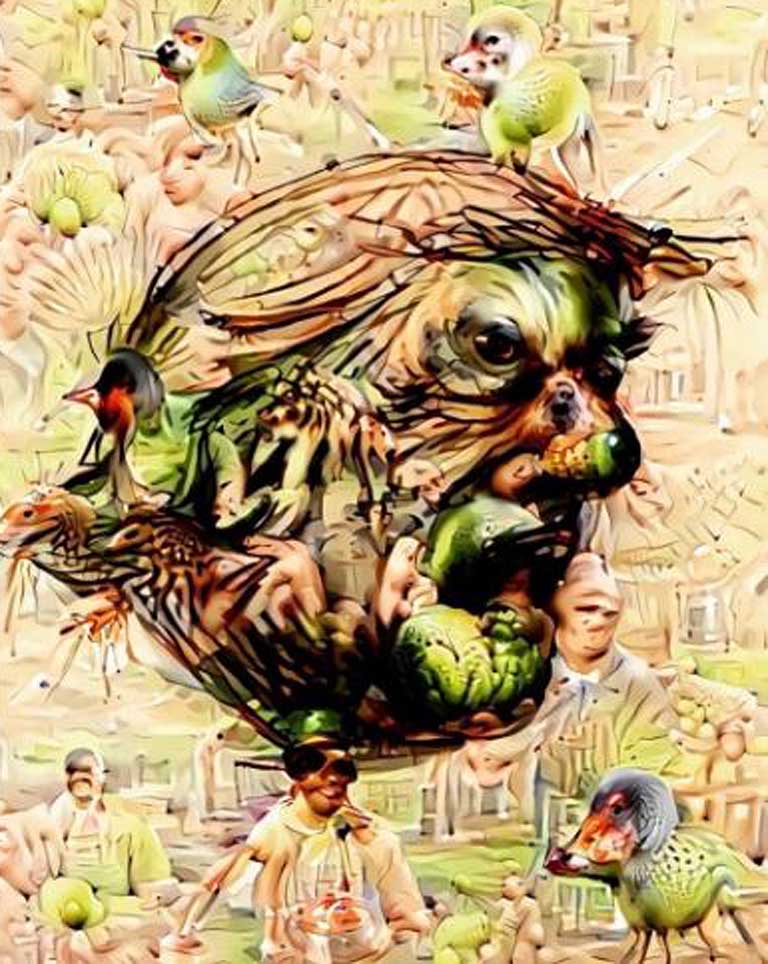
“I had to do the faces. I learned that was the one way I could extract seeing all these faces. If I get it out of me, then it’s on a piece of paper, I can throw that piece of paper away and now I don’t have that face staring at me, screaming at me, yelling, whatever it is,” he said.
“Through that simplification I could manage my mental health. Not only was it manageable, but it is a strength of mine now. Having mental health issues became, I guess, my art and as I turn this into a business now, after ten years of practice I’m going to show people you can take something that looks terrible and there’s always a silver lining inside of it and there’s always some sun that will shine on it if you look at it in the right way.”
All through time there have been artists who created work we hold up to be innovative and so new it sent the art world in a different direction. Salvador Dali, Pablo Picasso, Edvard Munch, Vincent Van Gogh all lived in their own world and saw our world on different terms. Different states of mental health have existed in art maybe since cave drawings (as George Carlin chastised a fictional tribe: “Pictures of bulls, antelopes, horses; I think I even seen a goat on one of the walls. Listen, let me tell you something, it might seem like fun to you, but it looks awful. If you can’t keep a place clean, maybe you don’t deserve a nice cave… a couple thousand years from now, people are going to come here, they’re going to study these caves, the last thing they’re going to want to see is a lot of horse pictures on the walls.”).
Altered minds are not confined to natural occurrence, or art. Many researchers believe the theory of gravity owes its existence to drugs. Francis Crick’s discovery of the DNA double helix very likely came from his experience with LSD. Some of the output of many authors (Hunter S. Thompson) and musicians (Beatles) was fueled by drugs. These are examples of people not being of a right mind imagining incredible things. Robert doesn’t describe his art as coming from imagination.
“You’re thinking about it as imagination, or creativity. I’m not making up the faces. I’m just copying what I see. To a great writer, they are probably exposing in a literary sense what already exists. If it’s crazy, the masses love that stuff. You’ve got to be remarkable. Whether it’s a bad remarkable or good remarkable, you can get famous by being remarkable. The middle ground? The bulk of people don’t have the ability to get that crazy, so they don’t get to see that. That’s what makes you unique.”
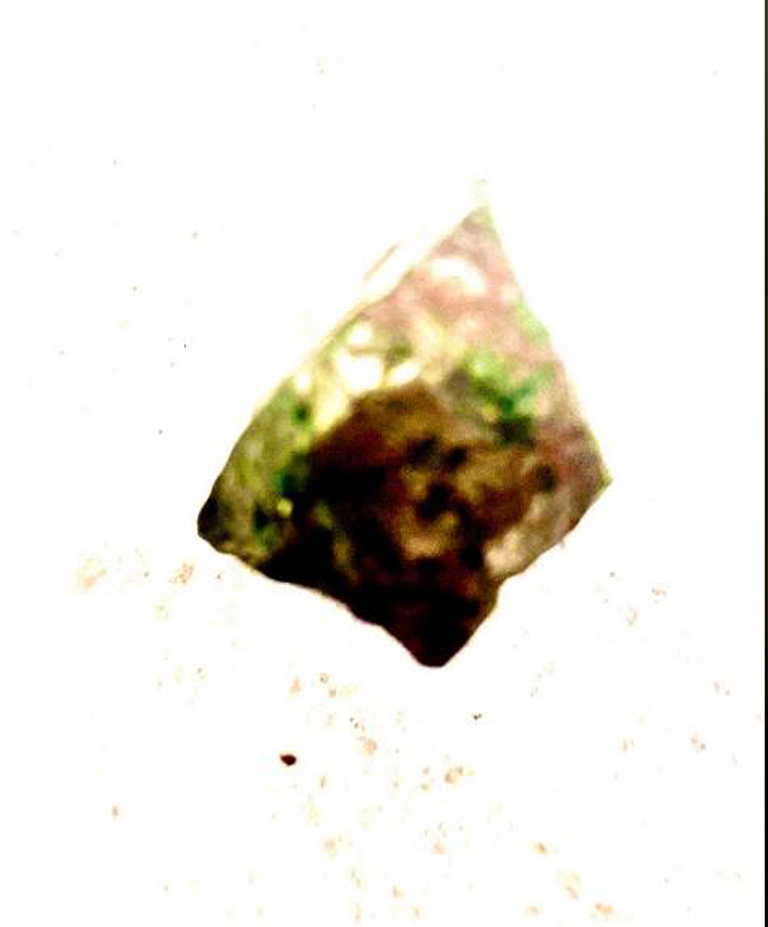
Enlarged photo of a chunk of rock 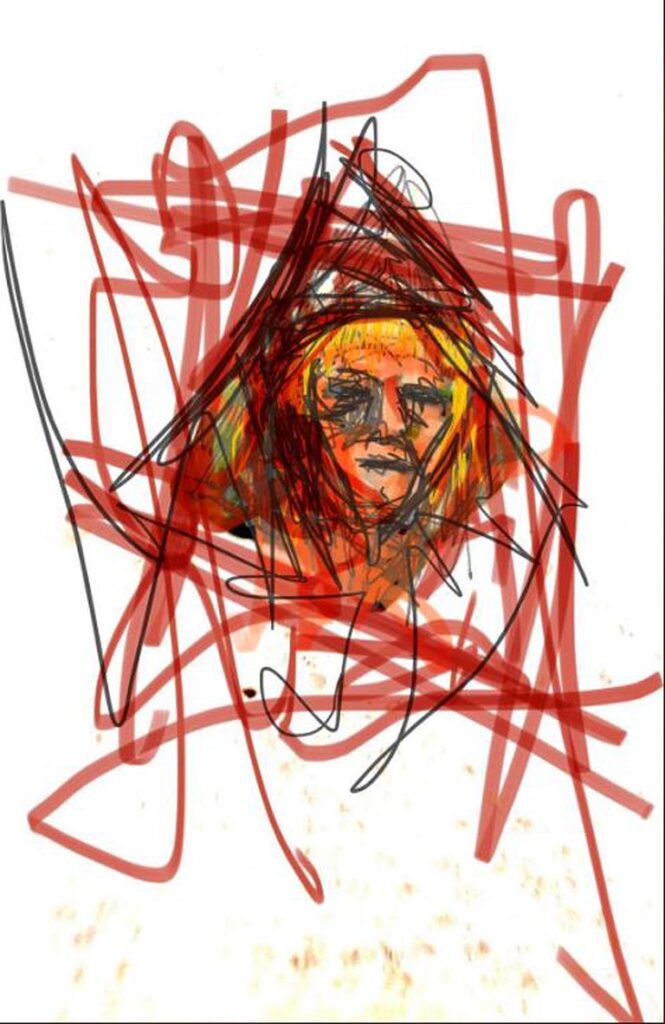
The face Robert sees in that rock
“These creative outlets accentuate what is inside of us,” he said. “I label it as my ability to see what very few people get to see. I’m looking at this filter that goes over everything in the world. It gives me a new spiritual outlook, for sure, and I feel now it is of some benefit to me. It’s not a detriment. It’s something I get that very few other people get. That’s the universe, right? Life is as hard as it is beautiful. It is what you see. It’s like tragedy, tragedy plus time equals comedy. Same thing, terrible things happen and beautiful things happen out of that.”
The reason for this conversation happening was Robert telling me he’s going to do something to generate revenue from his art. First he’s hoping to sell some of it for more than the 30 or 40 bucks he’s received for a piece in the past when he was still learning how to create.
Second he’ll do commissions with a twist.
“I’m going to do online consultations. I’m going to provide a painting of the person and what I see around them, but also give them the tips to do it for themselves, and to open their minds to the potential there are things, take a little bit of a closer look, don’t accept everything you see at face value. A good analogy (is) Instagram filters, the notion of looking at a selfie of yourself but applying some kind of filter to that makes it not really look like the real you. I’ve just noticed through my life experience that filter exists on everything. There’s a layer that exists over absolutely everything that is the bulk of what people see and there’s a 5% or 20% of the population just have the ability to see past that,” he said.
It seems he’s trying to draw out ability he thinks people innately have, which may or may not be the same thing as having talent if one thinks of talent as a born with capability to create where nothing was before, versus craftsmanship to reproduce what is already there (landscape), or perform something someone else created (music).
“I think the point there, though, is everybody has it. Everybody has all of these things. We all have every ability in the universe to pretty much do and get whatever we want,” he said. “I don’t believe I have any talent. I know I didn’t because I had to start with a happy face. Maybe I’ve developed talent. I still think, am I an artist?”
You can visit Robert’s Instagram page, @reinresults, to see his art and message him via his Facebook page.
OMAH’s Newest Art
OMAH had a Sir Sam’s Society art exchange event Thursday evening, which featured a presentation about Elizabeth Wyn Wood’s life in Orillia by her eldest daughter Sylvie Browne. It was also the occasion for OMAH’s executive director, Ninette Gyorody to announce the museum bought one of Wood’s sketches to add to the collection. At the same time Browne made a matching donation of a second sketch to OMAH.
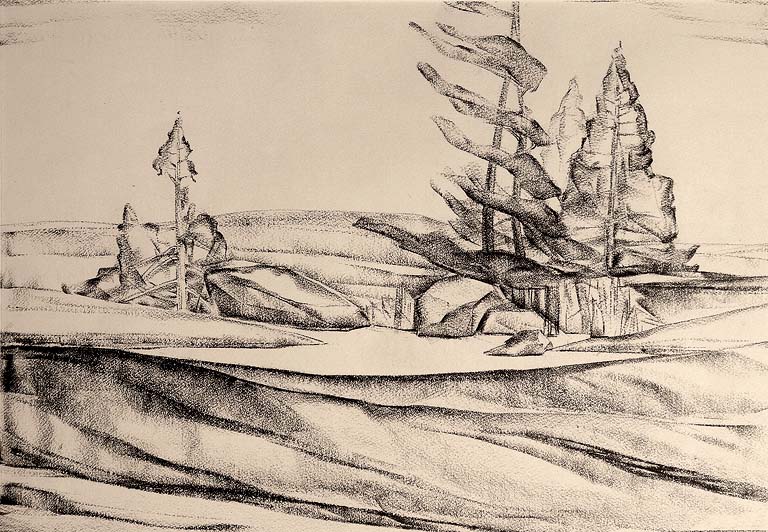
Elizabeth Wyn Wood First Trip Honey Harbour 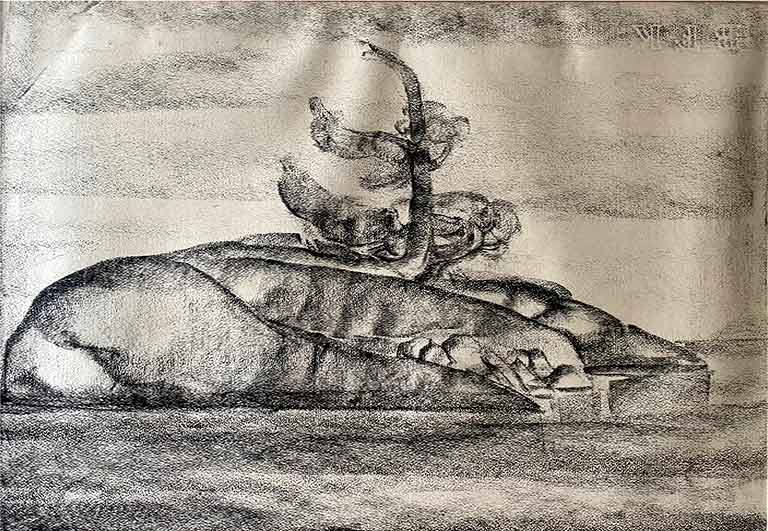
Elizabeth Wyn Wood Untitled Landscape Study
Also missed in early December in this space was information about another art purchase OMAH made. It was unveiled at the opening of the Carmichael Canadian Landscape Exhibition. It’s another Carmichael, this time a 10 x 12 painting, Old Barns, Miners Bay.
It was found by OMAH board member Douglas Frost at Canadian Fine Arts, of Toronto. CGA had the estate item up for sale for $40,000. It took a good part of 2020 to raise the money to buy the painting.
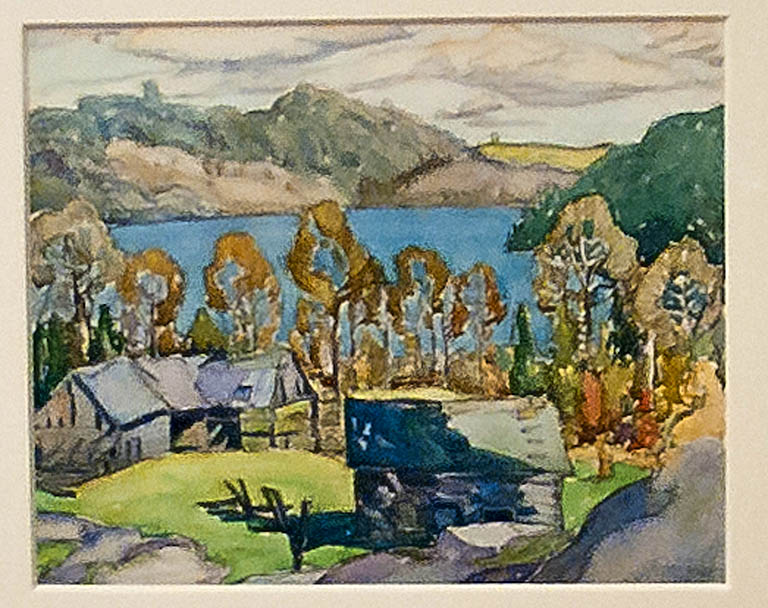
“What we were able to do was pledge to purchase it. It was promised to OMAH and we had until the end of 2020 to find the funds to purchase it. It was a matching campaign, so Doug Frost put up $20,000 and we had to find the remainder.”
You can see the presentation by Browne and the donation unveiling on OMAH’s Youtube page.
OMAH is reopening February 1 with two new exhibits, a 35 piece quilt show called Colour With a U andFrom Marbles to Minecraft: A Century of Childhood which contrasts childhood in Orillia between the 1920s and the 2020s.
Also, February 16 at 7 p.m. the next installment of the History Speaker’s Series happens online. Fred Blair will speak about the Black Veterans of the War of 1812, specifically why the veterans refused to settle on land granted to them on Wilberforce Street in Oro. Call the museum at 705-326-2159 to register and the event link will be sent to you.
![]()



![]()
The Shorts
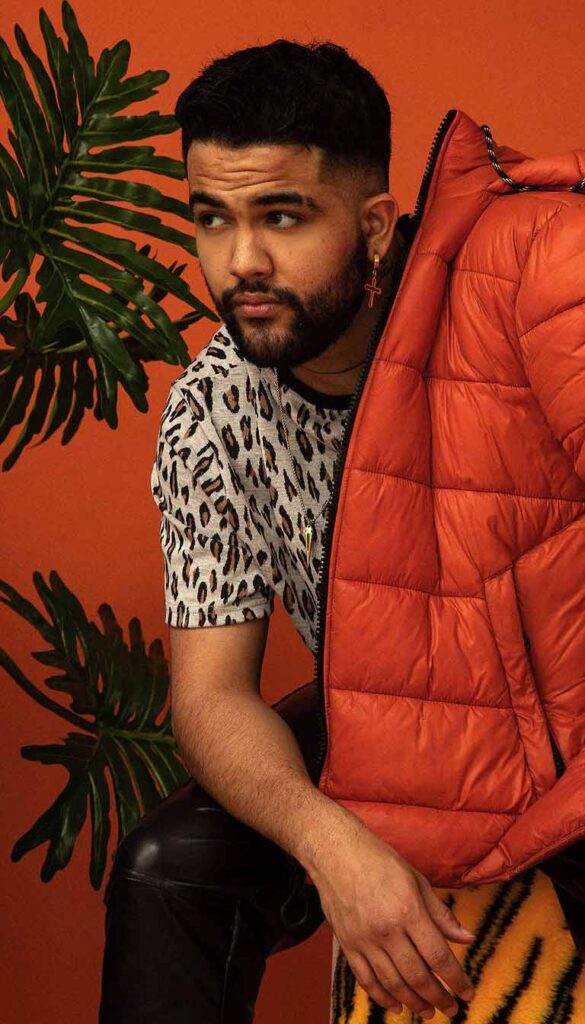
- The Orillia District Arts Council added a new board member. Zain Campbell joined them this week. Zain has created a lot of music, and was the 2017 winner of the Chuck Panozzo Youth Legacy Award in 2017 and ODAC’s Community and the Arts Award in 2018. Congratulations.
- Gordon Lightfoot has a new tune, Oh So Sweet, you can listen to on Youtube
- One of our favourite songwriters, not from Orillia, but plays here often enough we could adopt her, Skye Wallace has a new tune, Truth Be Told, out for your listening enjoyment.
- Did you get a season ticket here for the Orillia Concert Association’s excellent series? It’s only $70 and I dare you to find a better deal to see three concerts of this type anywhere. The next and first in person concert of the series is February 20 with Sonic Escape (Maria Millar, violin and Shawn Wyckoff, flute) at St. Andrew’s, followed by the Hog Town Brass March 27 at the Opera House. The final concert is May 1 with the Toronto All Star Big Band.
- You can still catch the Orillia Regional Arts and Heritage Awards program on OMAH’s Youtube channel.
- Hibernation Arts is open again after a holiday season break. There is no featured artist at the moment, but the Orillia Fine Arts Association section of wall space has been updated as has the Zephyr Gallery section. Peter Street Fine Arts still has the 6×6 show up.
(Photos by Swartz – SUNonline/Orillia and Images Supplied) Main: Two Paintings of Faces by Robert Kavanagh

